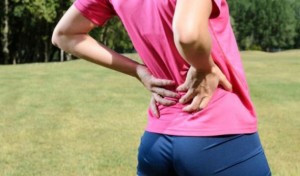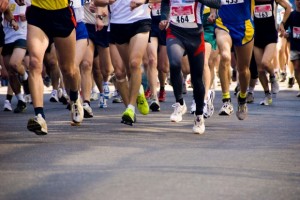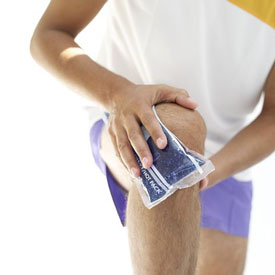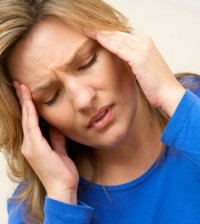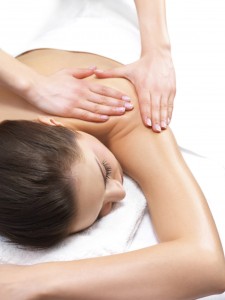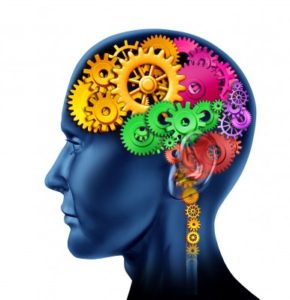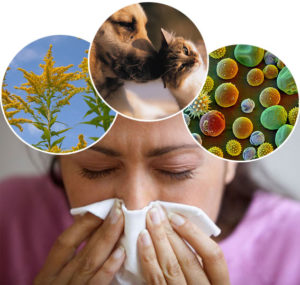 An allergy occurs when the body’s immune system sees a substance as harmful and overreacts to it. When the immune symptom detects anything unwanted or unknown, it will defend itself by attacking and destroying the dangerous substance. (There are hundreds of ordinary substances that can trigger allergic reactions). However, sometimes, the defenses are directed toward harmless substances such as dust or pollen and are incorrectly identified as dangerous.
An allergy occurs when the body’s immune system sees a substance as harmful and overreacts to it. When the immune symptom detects anything unwanted or unknown, it will defend itself by attacking and destroying the dangerous substance. (There are hundreds of ordinary substances that can trigger allergic reactions). However, sometimes, the defenses are directed toward harmless substances such as dust or pollen and are incorrectly identified as dangerous.
When someone has allergies, their immune system makes an antibody called immunoglobulin E (IgE). These antibodies respond to allergens. The symptoms that result are an allergic reaction.
Allergy symptoms can range from mild to severe, with may mild symptoms not requiring any treatment. Some allergies can be controlled with the occasional over-the-counter medication, such as someone suffering from seasonal hay fever. However, there are many severe allergies that can interfere with your daily routine, and where allergic reactions can be life threatening.
Many allergy sufferers will tolerate or “put-up-with” minor symptoms such as sneezing, nasal congestion or wheezing. For those who suffer from moderate to severe allergies, the best defense is with the help of an allergist, to prevent or control the symptoms.
An allergist can develop a treatment plan with the goal of you leading a life that is as normal and as symptom-free as possible.
A visit to the allergist might include:
- Allergy testing
- Prevention education – avoiding the factors that trigger the condition
- Medication prescriptions
- Immunotherapy “Allergy Shots”
Allergies can appear at any time and any age, and sometimes allergies that have disappeared, will return years later.
Make an appointment with an allergist if you suffer from any of these symptoms:
- Chronic sinus infections, nasal congestion or difficulty breathing
- You experience allergy symptoms several months out of the year
- Antihistamines and over-the-counter medications no longer work
- Allergies interfere with day-to-day activities, and decrease the quality of life
As with most health issues, talk with your doctor or health care practitioner to find the best plan for you.


